Designers are choosing this "social dining table" trend for an elevated look and better hosting
Forget round or rectangular dining tables, designers are opting for unusual shapes that shake up the dynamic of hosting in your dining room
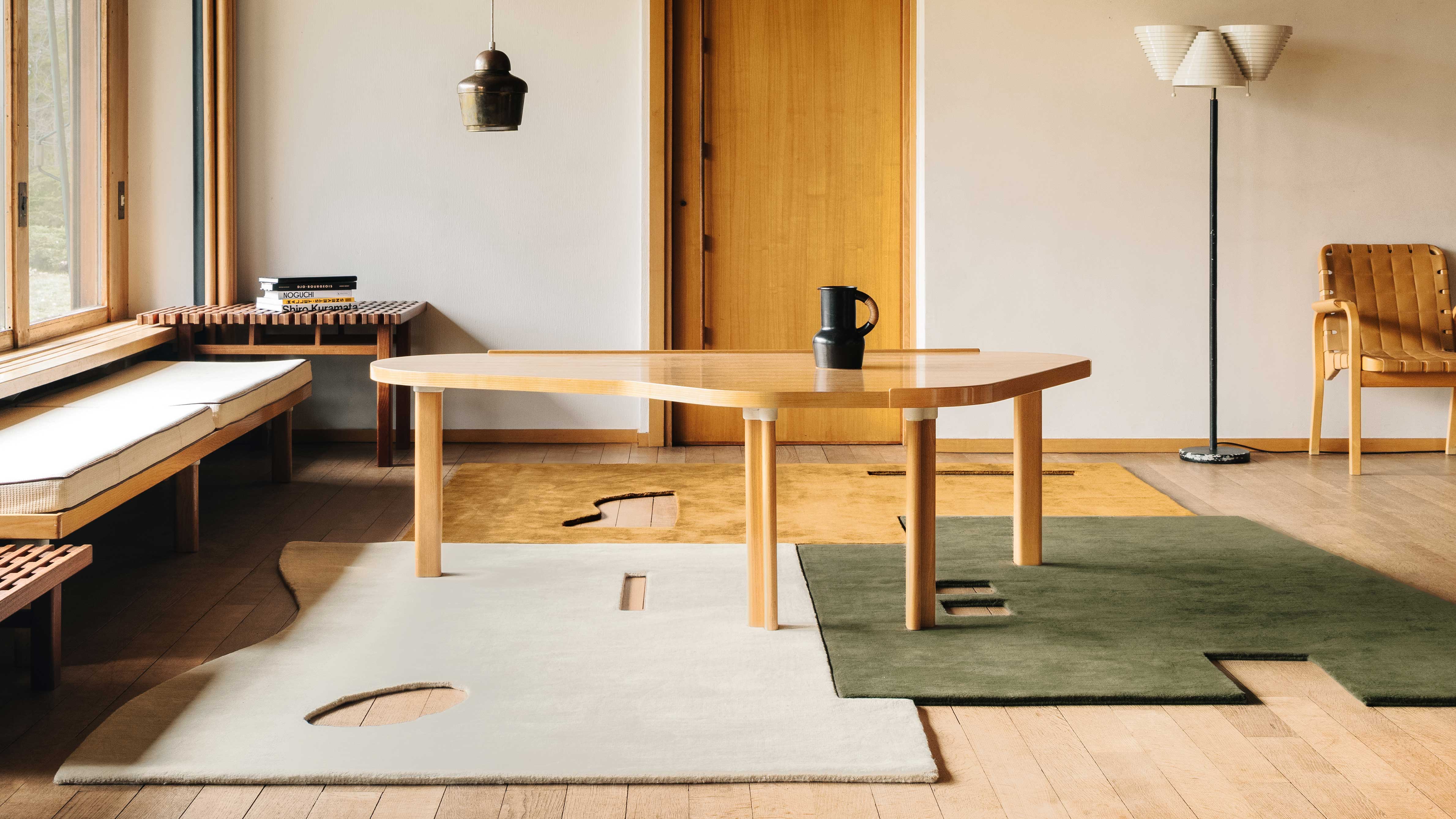

Dining tables have been in our homes for hundreds of years, but I’d argue it’s a design that’s not quite been perfected. If you’ve ever planned a wedding, and had to choose between rectangular banquet tables or round ones, you’ll have an idea as to why.
The standard shapes of dining tables have their limitations when it comes to hosting larger numbers. Large rectangular tables are more intimate, but your guests end up interacting in smaller pockets, while on a large round table, you may be able to see all your dinner party-goers, but they’ll feel a little distant, and the center of the table out of reach.
However, now, we’re seeing new shapes used for table which up-end the traditional dynamics created in a dining room. Irregular shapes, faceted with angles or swooping curves are creating a new relationship between the people using these spaces, sparking more free-flowing conversation and allowing you to better engage with everyone around the table.
1. Irregular shapes
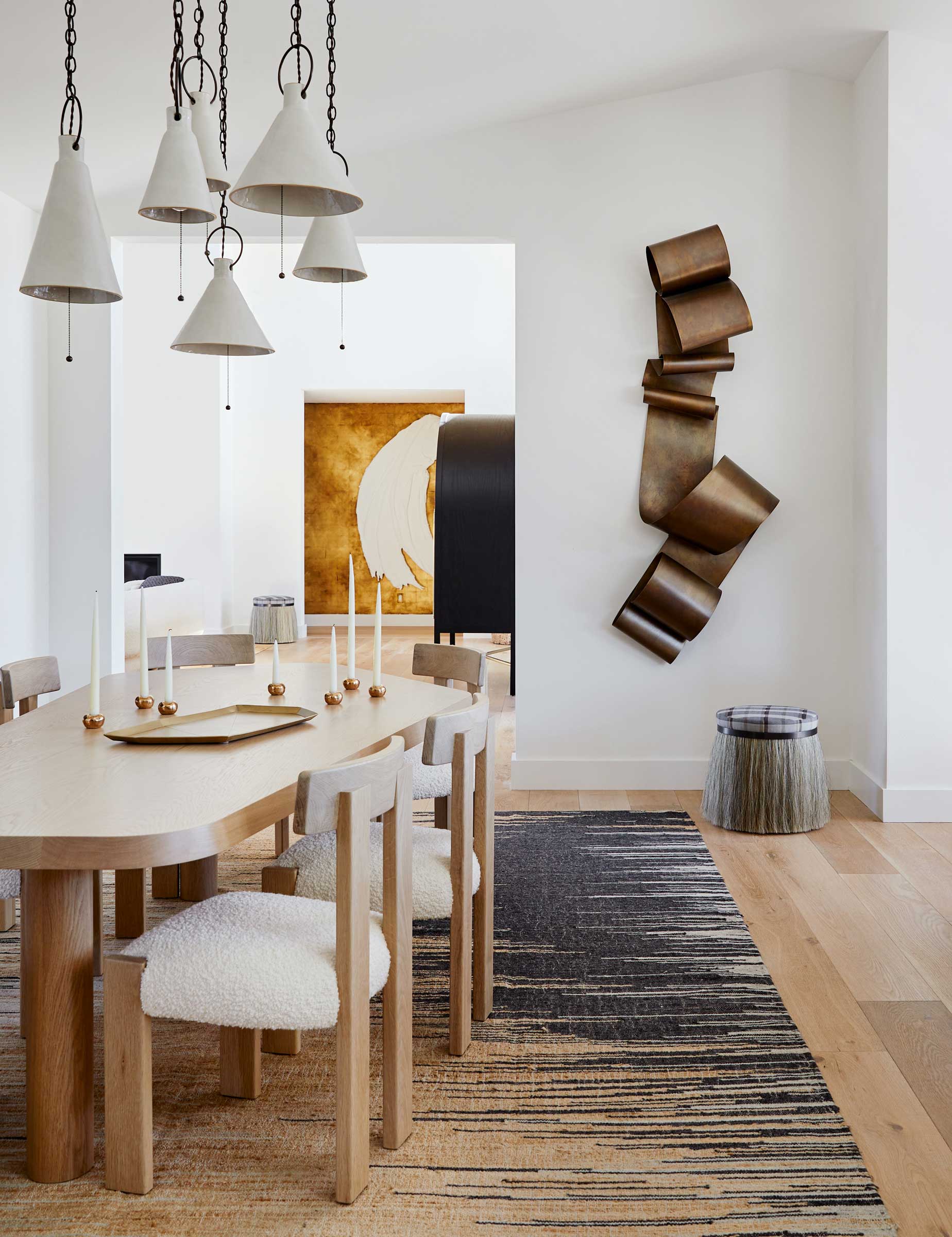
Designer Kristen Peña, founder of San Francisco-based K Interiors, employed such an idea in the design of the open plan kitchen in a home in Napa Valley. 'The formal dining is not so formal and shares an open floor plan with the kitchen,' Kristen tells me. 'The proximity to the kitchen keeps it a little more casual, but perfect for the type of usage the family likes.'
In the adjoining dining space, a table shaped like none I’ve seen before takes centerstage. It’s irregular, tapers from one end to the other and has angles (though with curved edges to ensure it’s still welcoming). The result is a dining table that seats eight, but creates a set-up where each of the seats better relates to each of the others. 'We wanted to play with shapes in the dining room,' Kristen says, ‘Its design also makes it a piece that encourages convenient conversations, while the chairs provide both comfort and interest with their back design.'
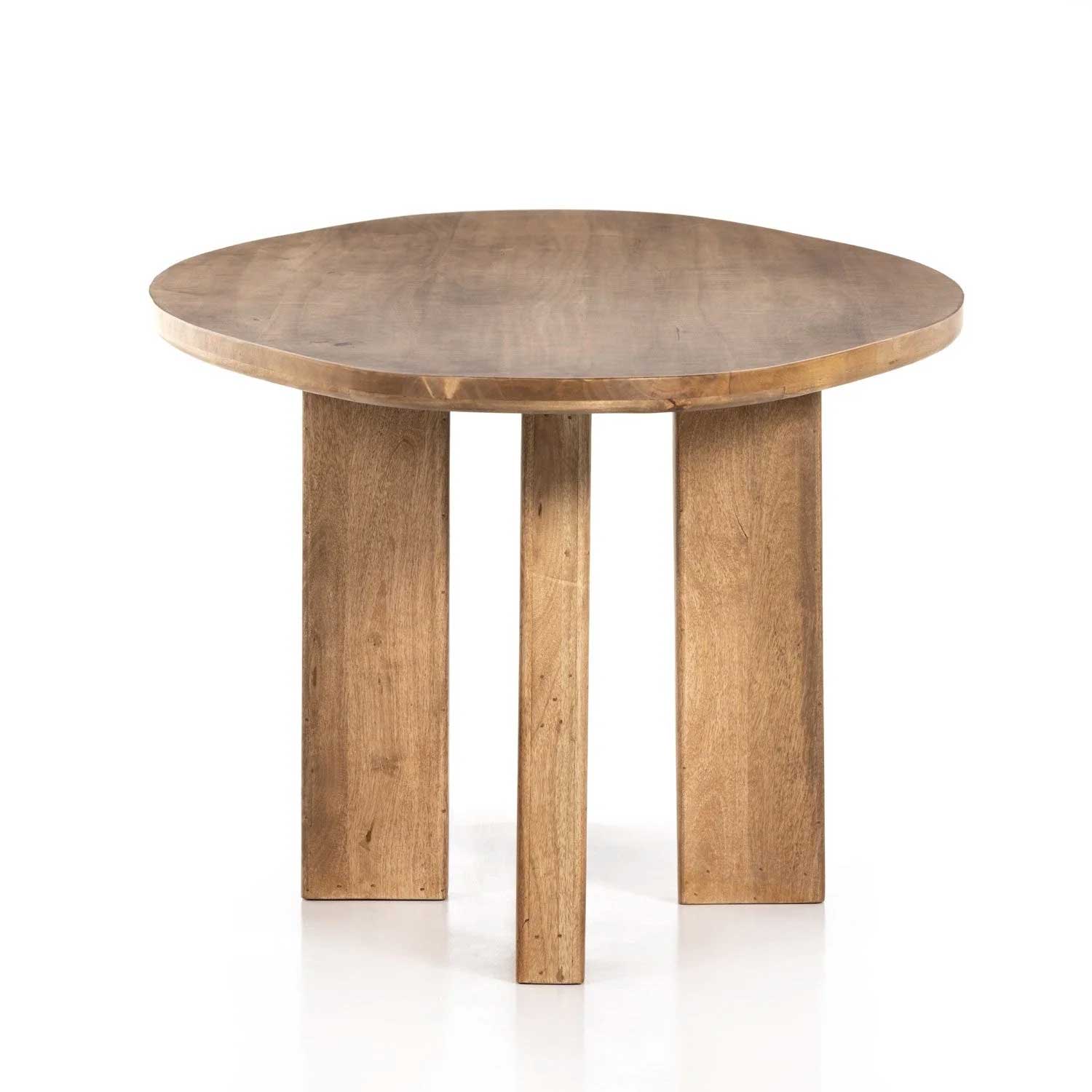
Price: $1,749
Material: Mango
This irregularly-shaped oval table has clever leg design and placement that ensures they're never in the way when using the table.
2. Hexagonal shapes
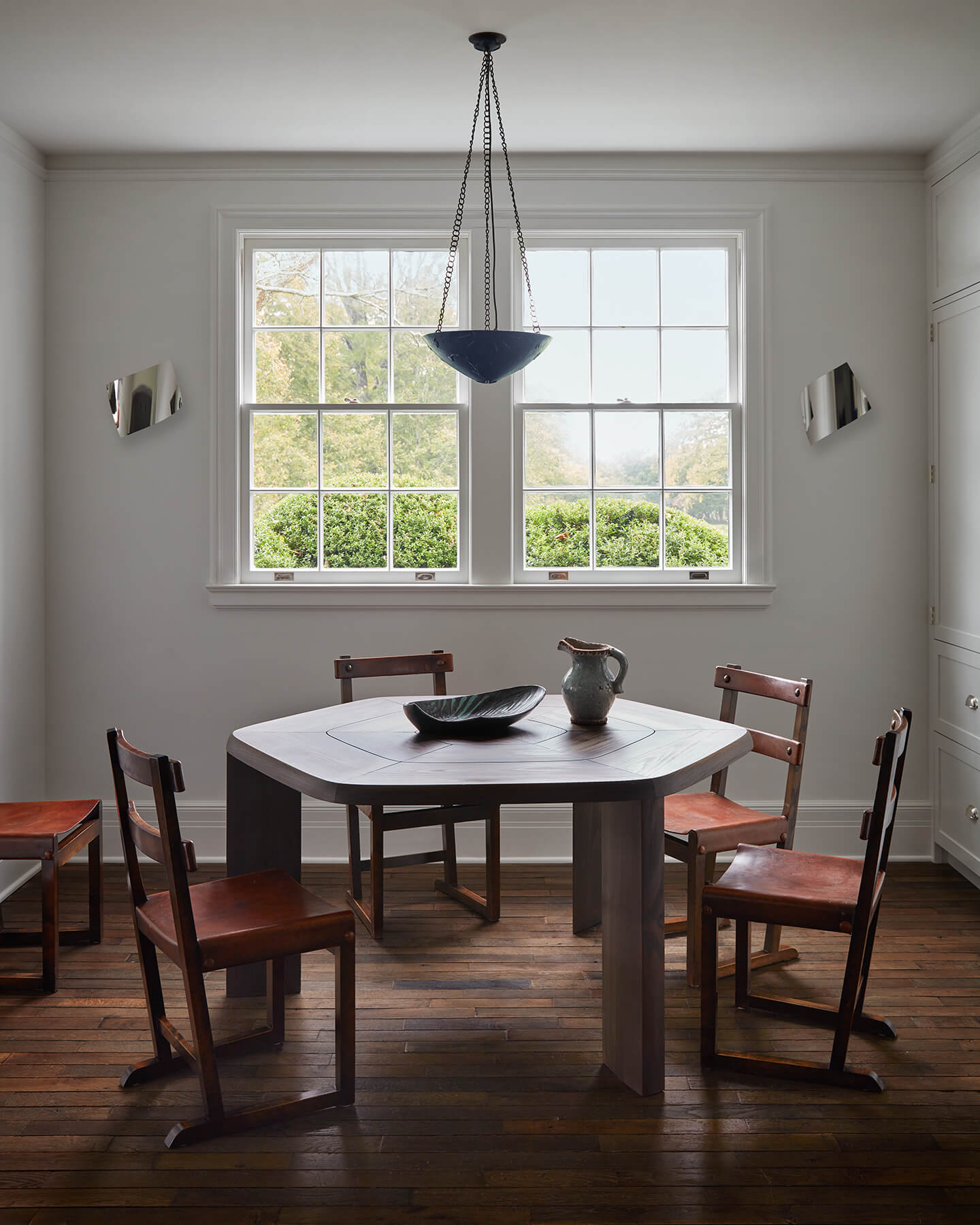
Many of the tables we’re seeing are bespoke creations by the home’s interior designer, carefully considered to fit these spaces, but it’s a dining table trend you can find furniture designers employing, too.
The use of angled facets is an idea that you’ll see through Pierre Yovanovitch’s design work, for example, but it’s particularly prominent in the designer’s dining tables. The Kim table, for example, is a soft-edged hexagon, while the Liberty is a more traditional rectangular shape, but that tapers in so that guests can better engage across the table. The Rochefort is a nine-sided polygon, in the larger shape of a triangle, that adds a different dimension to your dinner party than a rectangular table ever could.
Be The First To Know
The Livingetc newsletters are your inside source for what’s shaping interiors now - and what’s next. Discover trend forecasts, smart style ideas, and curated shopping inspiration that brings design to life. Subscribe today and stay ahead of the curve.
3. Triangular tables
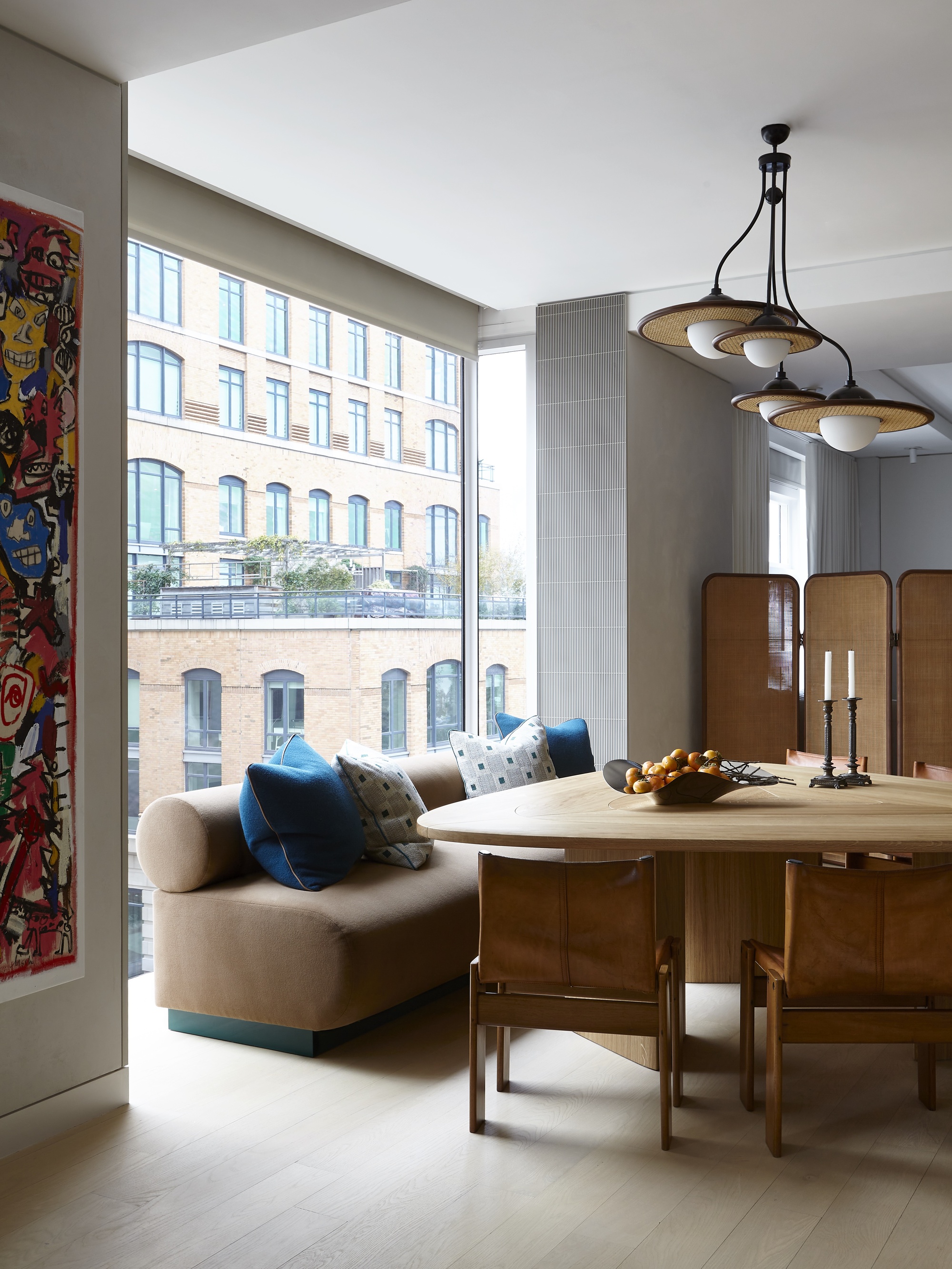
It was this more triangular dining table shape that inspired interior designer Matt Mckay in the design of a modern Manhattan apartment. The dining table from Pierre Yovanovitch’s collection makes up the apartment’s only dining space. 'This client asked that the space be cozy for weekend morning coffee and reading but also elegant in candlelight for a formal dinner,' Matt explains.
The shape of the table changes the dynamic entirely. 'It creates a really communal convivial dining experience,' Matt says, 'where all guests can be engaged but not feel too far away, which can happen with large circles.' The table is complemented by another burgeoning decorating trend - the dining sofa. 'This client asked that the space be cozy for weekend morning coffee and reading but also elegant in candlelight for a formal dinner,' Matt recalls. 'The banquette in the window marries these two ideas and begs diners to linger a little longer.'
The dining sofa is an idea that complements these irregular tables well, whether it’s a loveseat on one side of a table, or a curving sofa that perfectly mirrors a more organically-shaped design.
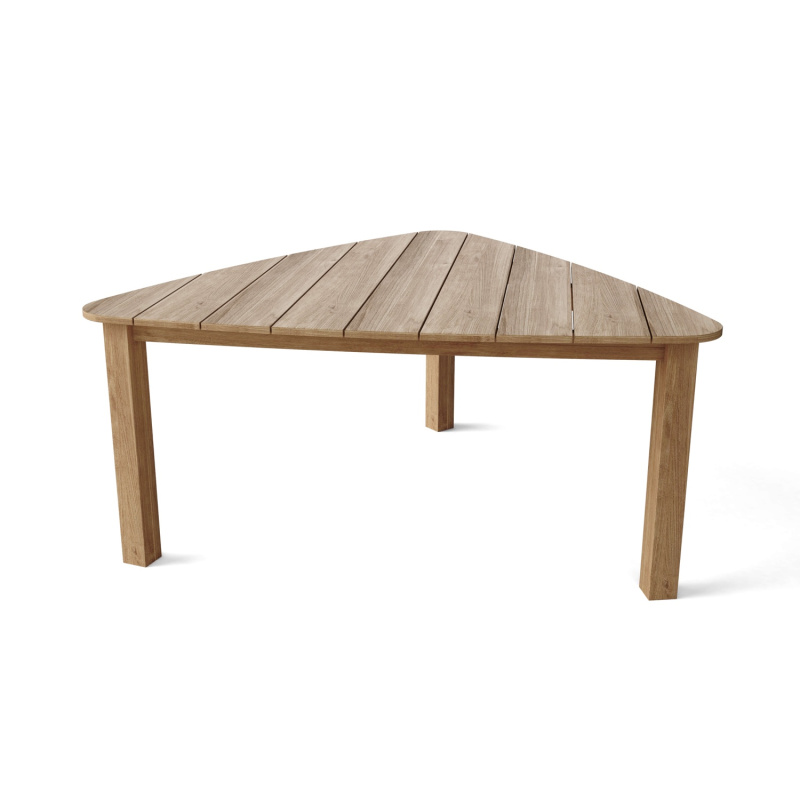
Price: $2,454.38
Material: Teak
The trend extends to outdoor spaces, too - this table is the perfect social shape for entertaining on a patio
What other benefits are there?
The cleverest thing this evolution of the dining table does is overcome a common problem: table leg placement. ;This custom table ideas allows for a fun shape and interesting leg placement, so many people can accommodate it at once,' says Kristen Pena. The tables are designed with no ‘bad’ seat where your own legs are jammed against the table’s.
In Pierre Yovanovitch’s designs, the legs sit gracefully around the edge of the table (keeping the sturdiness this option allows over a central pedestal), but perfectly positioned between the table’s facets, while for Kristen’s table, the legs are placed irregularly to mirror the tabletop, but never in a space that a guest would occupy.
Whether bespoke, or from a designer’s collection, there’s a question mark over whether this trend has ‘trickle-down’ appeal for those on not such an extensive budget.
They’re more complex, and may require thought on a dining room’s layout, while being less practical in small dining rooms. For the rooms with the topography to take on these irregular designs, they’re undoubtedly the evolution of the dining table - as close to the perfect table design you’ll find.

Hugh is Livingetc.com’s editor. With 8 years in the interiors industry under his belt, he has the nose for what people want to know about re-decorating their homes. He prides himself as an expert trend forecaster, visiting design fairs, showrooms and keeping an eye out for emerging designers to hone his eye. He joined Livingetc back in 2022 as a content editor, as a long-time reader of the print magazine, before becoming its online editor. Hugh has previously spent time as an editor for a kitchen and bathroom magazine, and has written for “hands-on” home brands such as Homebuilding & Renovating and Grand Designs magazine, so his knowledge of what it takes to create a home goes beyond the surface, too. Though not a trained interior designer, Hugh has cut his design teeth by managing several major interior design projects to date, each for private clients. He's also a keen DIYer — he's done everything from laying his own patio and building an integrated cooker hood from scratch, to undertaking plenty of creative IKEA hacks to help achieve the luxurious look he loves in design, when his budget doesn't always stretch that far.
-
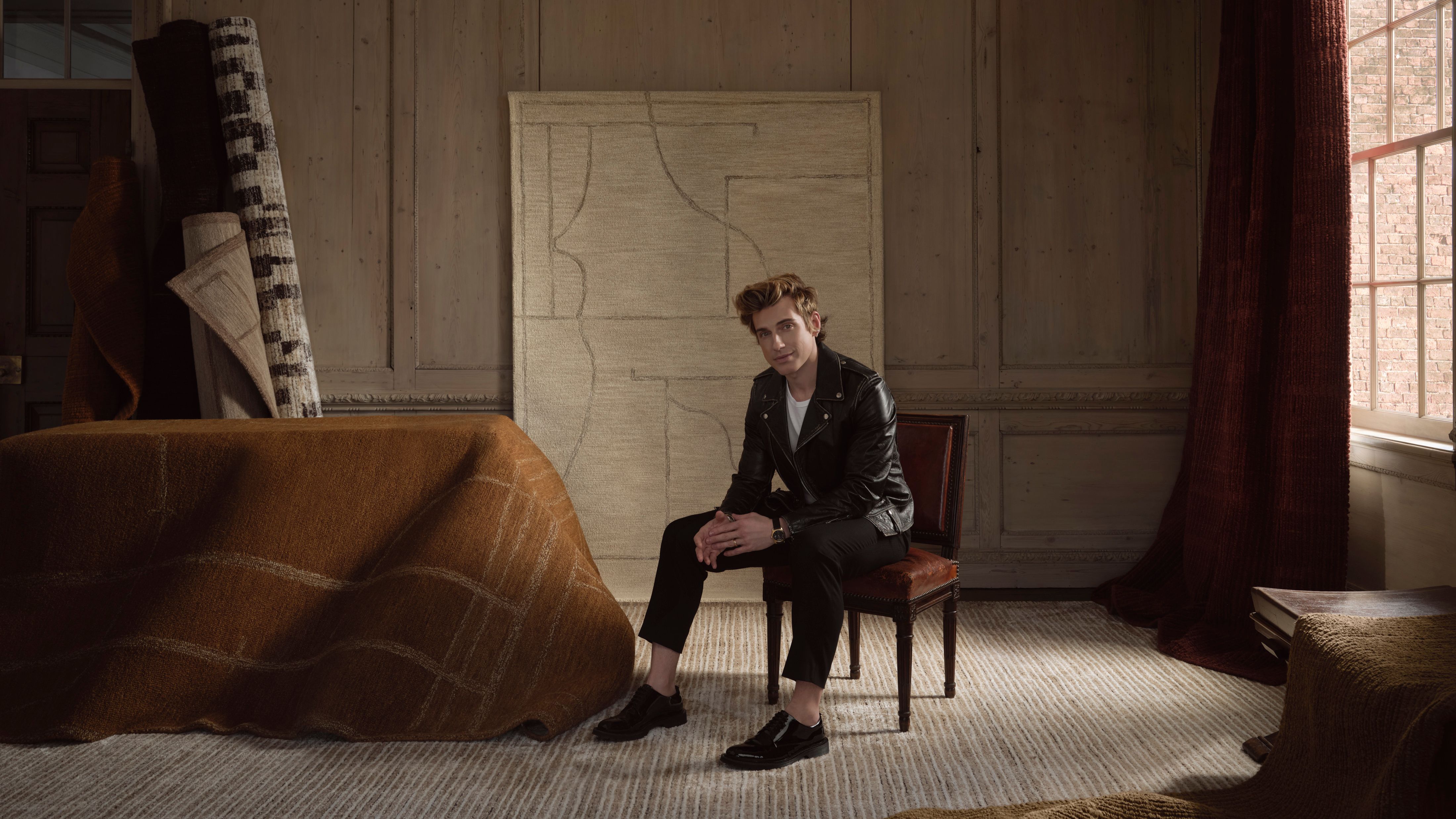 Jeremiah Brent Captures the Grit and Glamour of NYC in His New Loloi Collaboration
Jeremiah Brent Captures the Grit and Glamour of NYC in His New Loloi CollaborationThe TV-famous interior designer looked out of his own window — and hit the pavement — for a collection that turns city spirit into tactile design
By Julia Demer
-
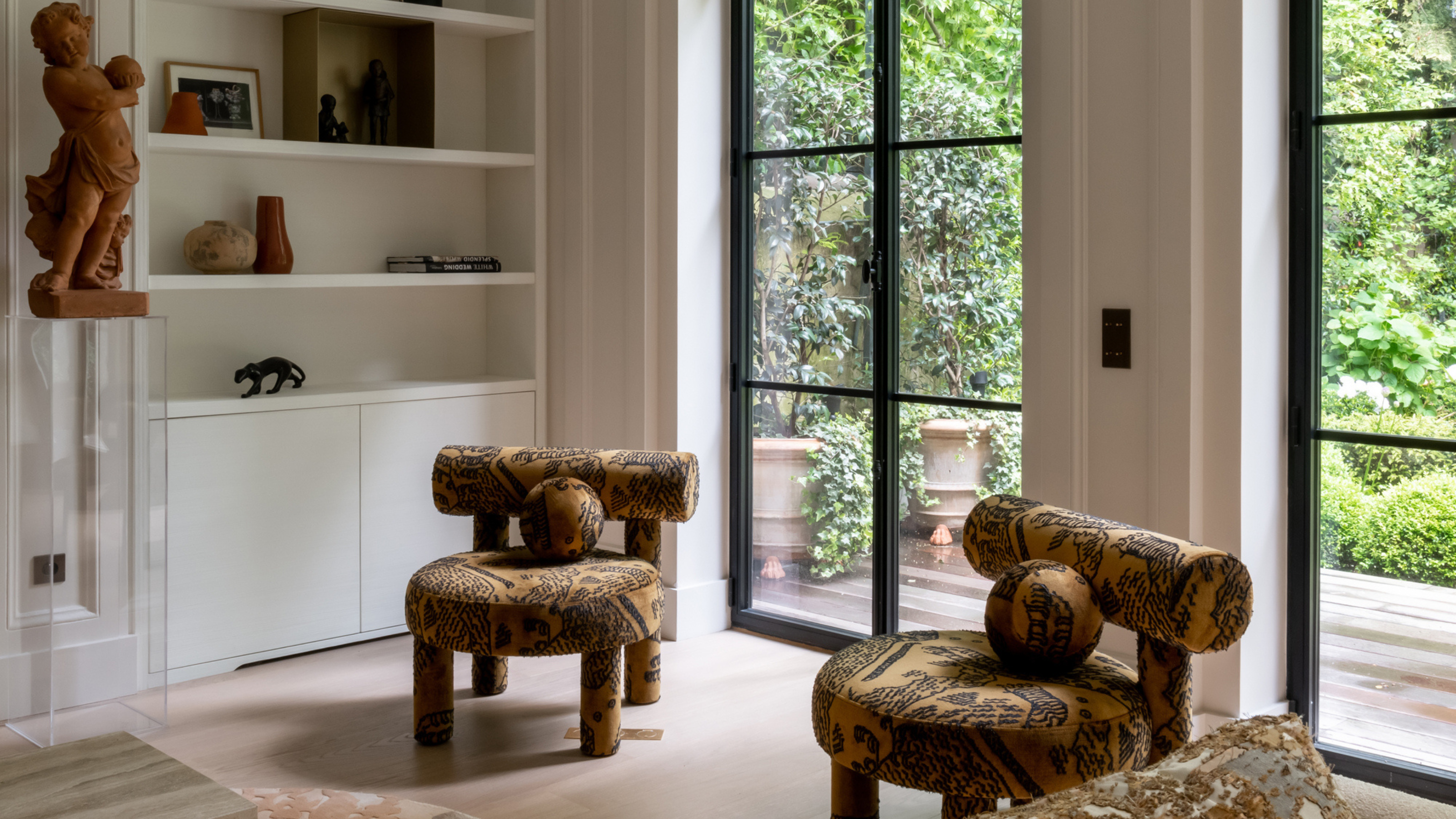 This Specific Fabric Print Is Literally Everywhere Right Now — Here's Why
This Specific Fabric Print Is Literally Everywhere Right Now — Here's WhyIt's whimsical, artistic, and full of character. We've called it already: Dedar's 'Tiger Mountain' is the fabric that will define 2025
By Devin Toolen
-
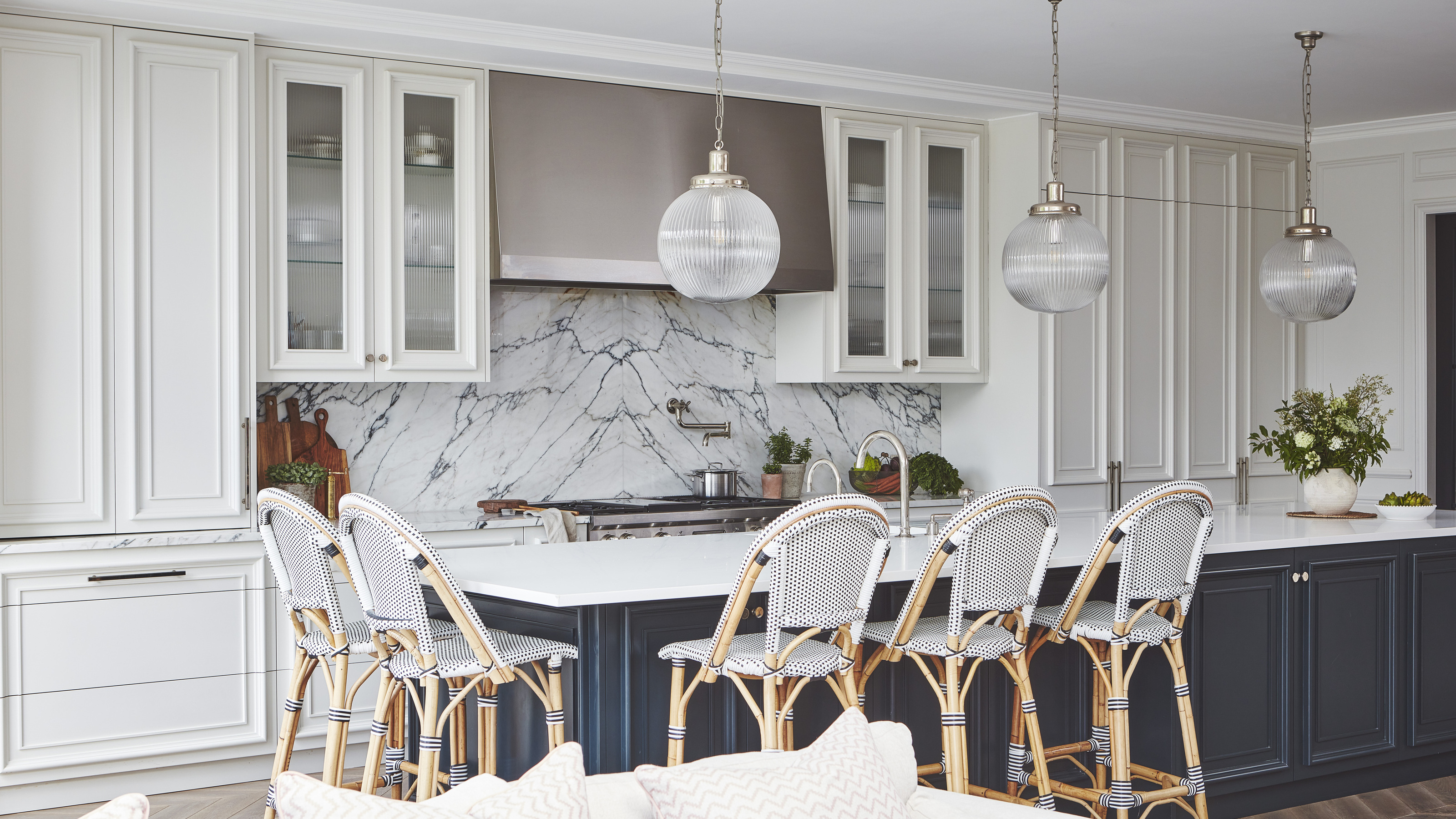 The 90s Kitchen Trends We're Seeing Come Back in 2025 — 5 Features Making Waves in Modern Designs
The 90s Kitchen Trends We're Seeing Come Back in 2025 — 5 Features Making Waves in Modern DesignsA quarter of a century later, 90s-inspired interiors are back, serving kitchen nostalgia with a contemporary twist
By Lilith Hudson
-
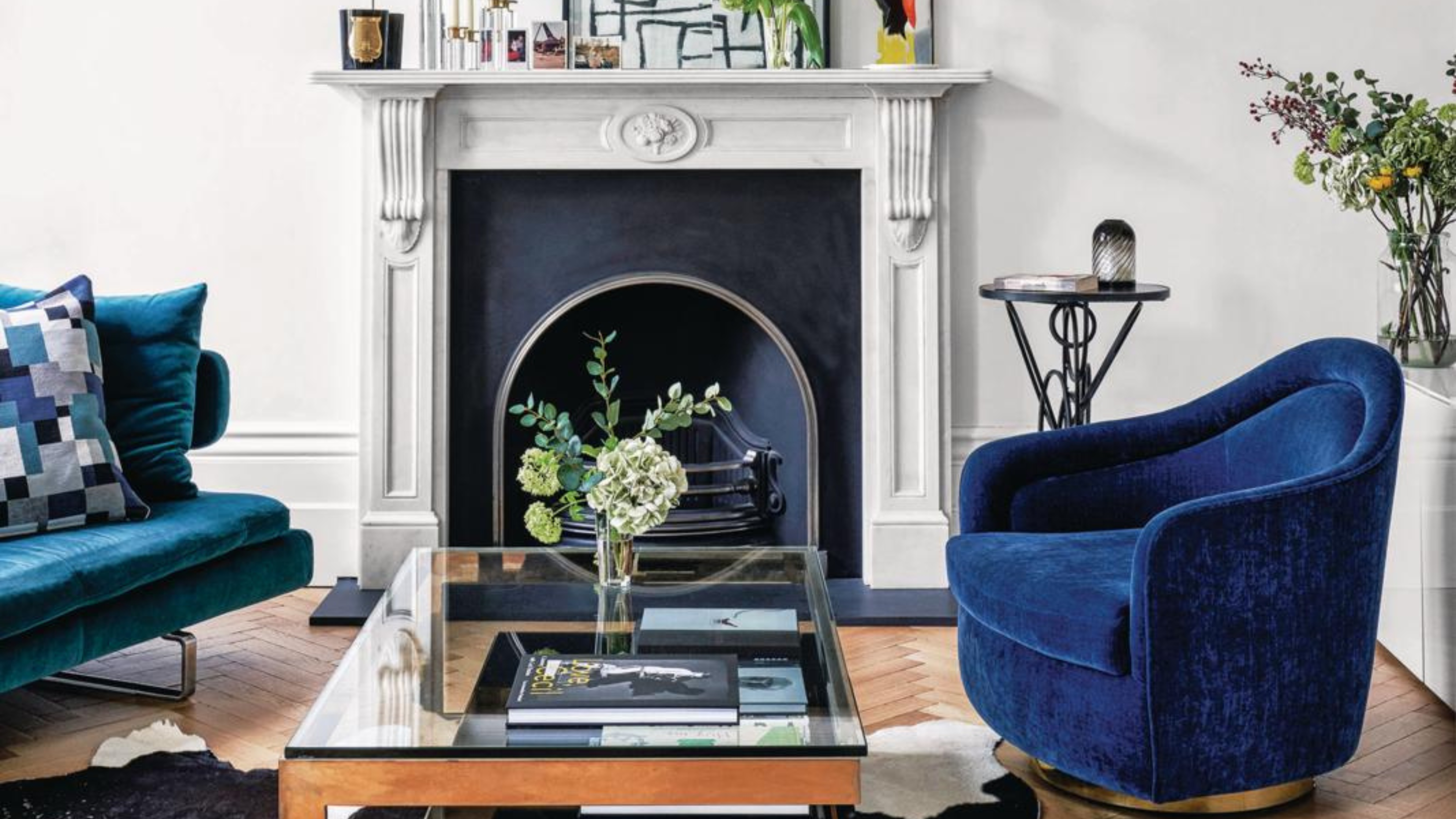 IKEA Reveals Its 2025 Color of the Year — An Electric Blue Hue, That Is Enticingly Bold and Brilliant
IKEA Reveals Its 2025 Color of the Year — An Electric Blue Hue, That Is Enticingly Bold and BrilliantThough unexpected, this shade of blue may be my favorite color of the year prediction yet
By Olivia Wolfe
-
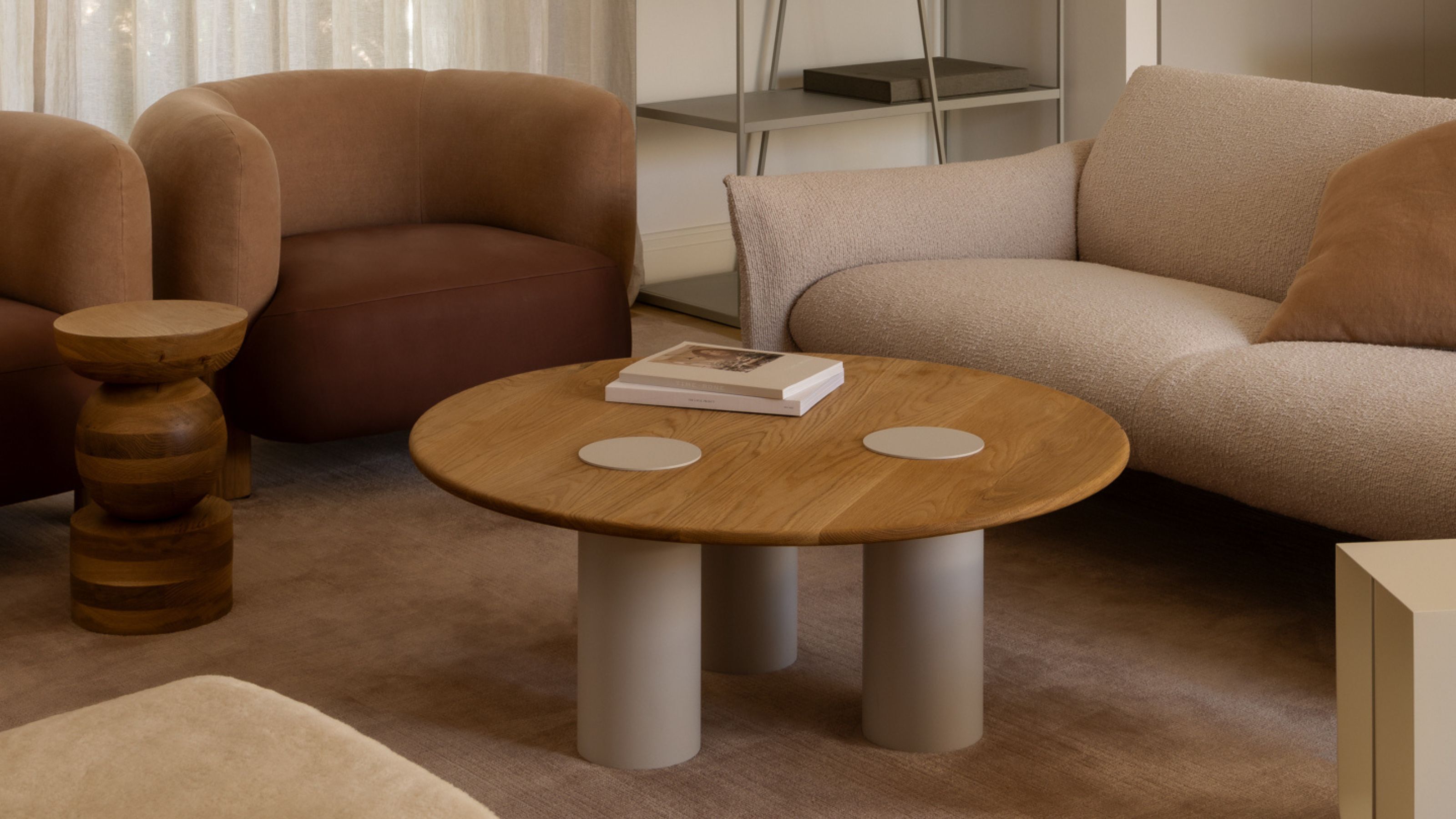 Pantone's Color of the Year for 2025 Has Been Announced — Meet 'Mocha Mousse'
Pantone's Color of the Year for 2025 Has Been Announced — Meet 'Mocha Mousse'We share how to style it, shop it, and everything else you need to know about the subtle yet elegant soft brown shade
By Olivia Wolfe
-
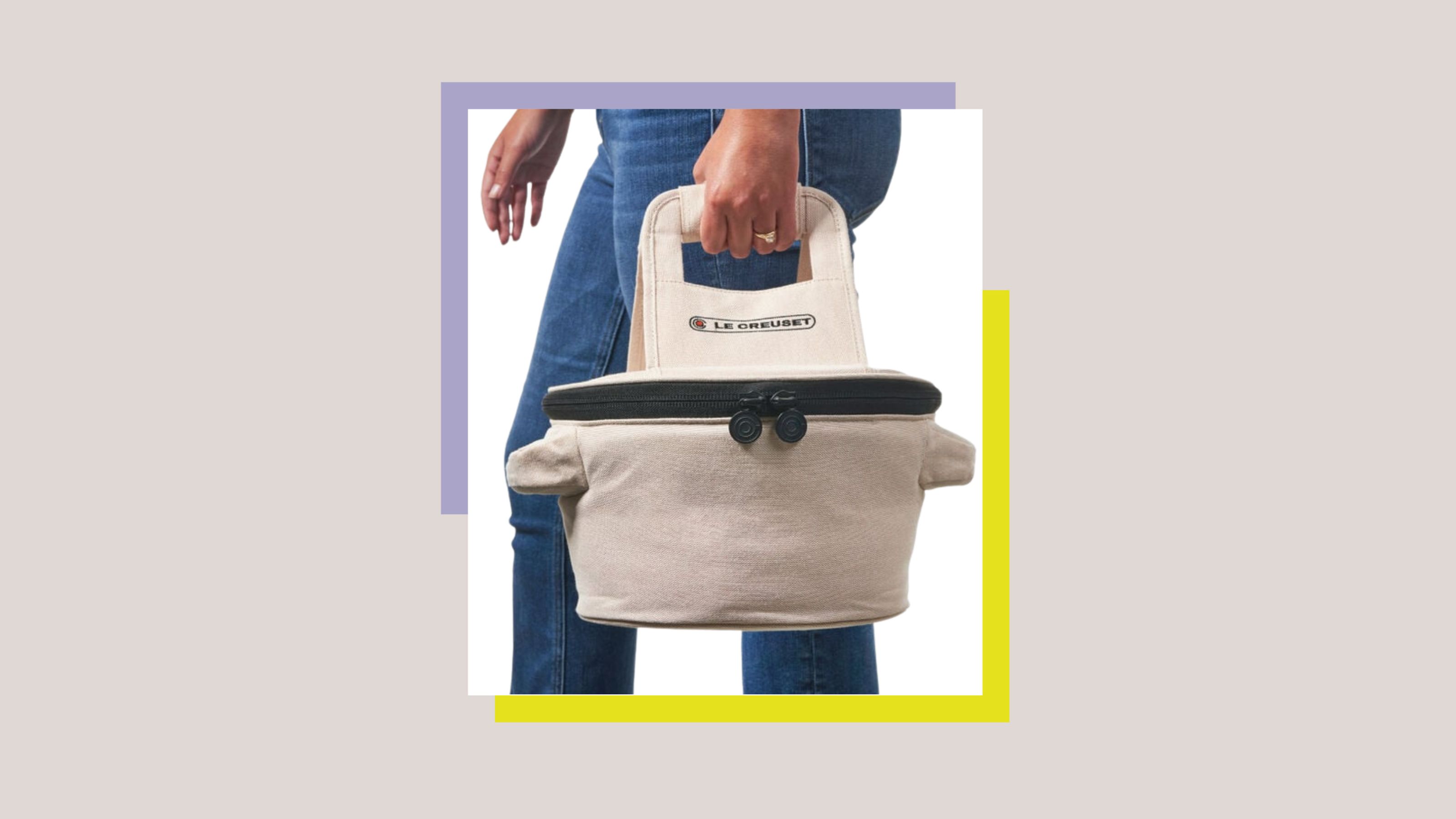 Le Creuset Just Released a Ridiculous Tote Bag for Transporting Their Dutch Oven to Dinner Parties — I'm Obsessed
Le Creuset Just Released a Ridiculous Tote Bag for Transporting Their Dutch Oven to Dinner Parties — I'm ObsessedWhether you need it is certainly not the question, here. But whether you want it... well, why wouldn't you?
By Olivia Wolfe
-
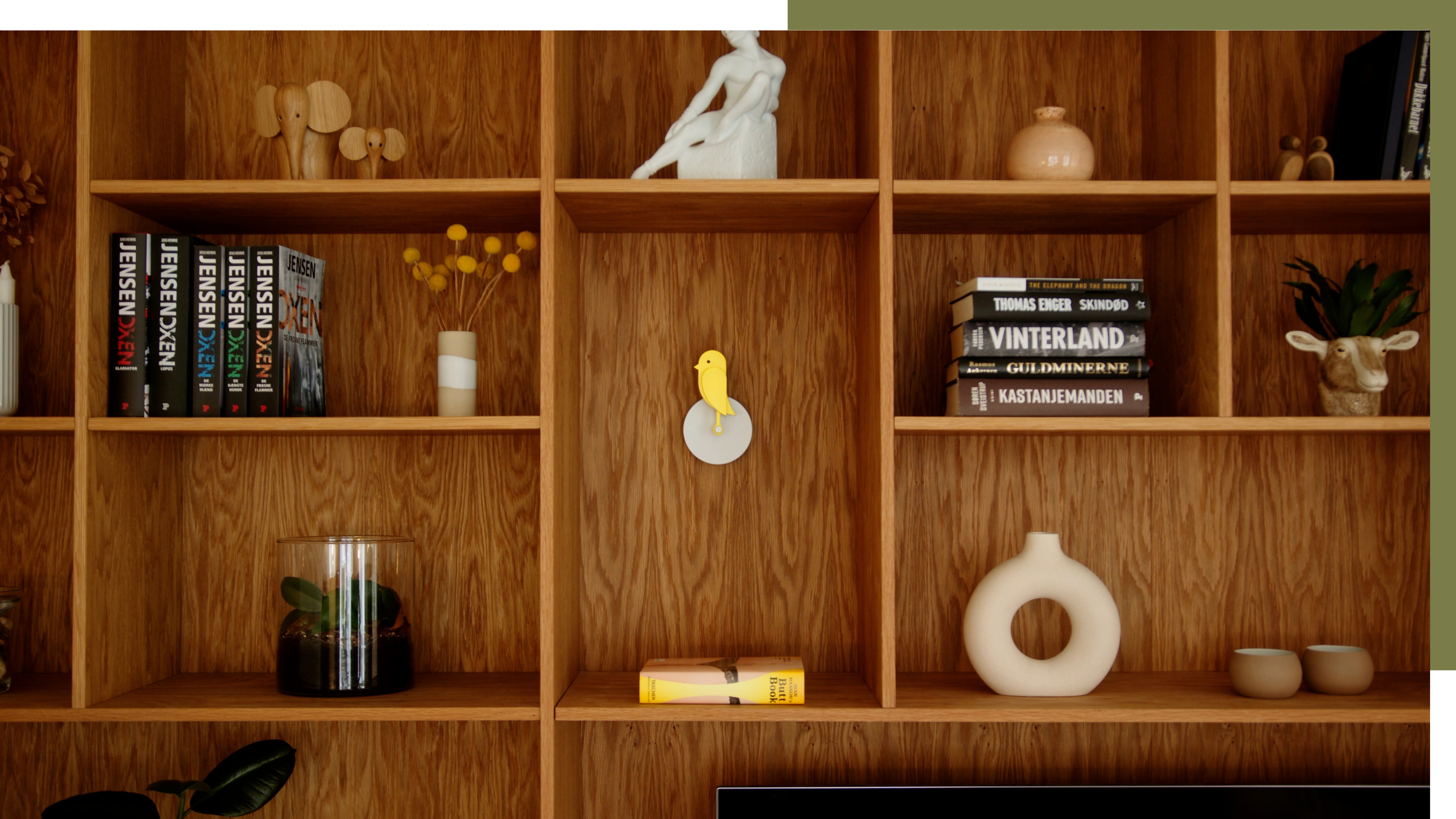 A Little Birdie Said Monitoring Your Air Quality Just Got a Stylish New Look
A Little Birdie Said Monitoring Your Air Quality Just Got a Stylish New LookThis Amazon buy is promising a healthier home with no style expense
By Olivia Wolfe
-
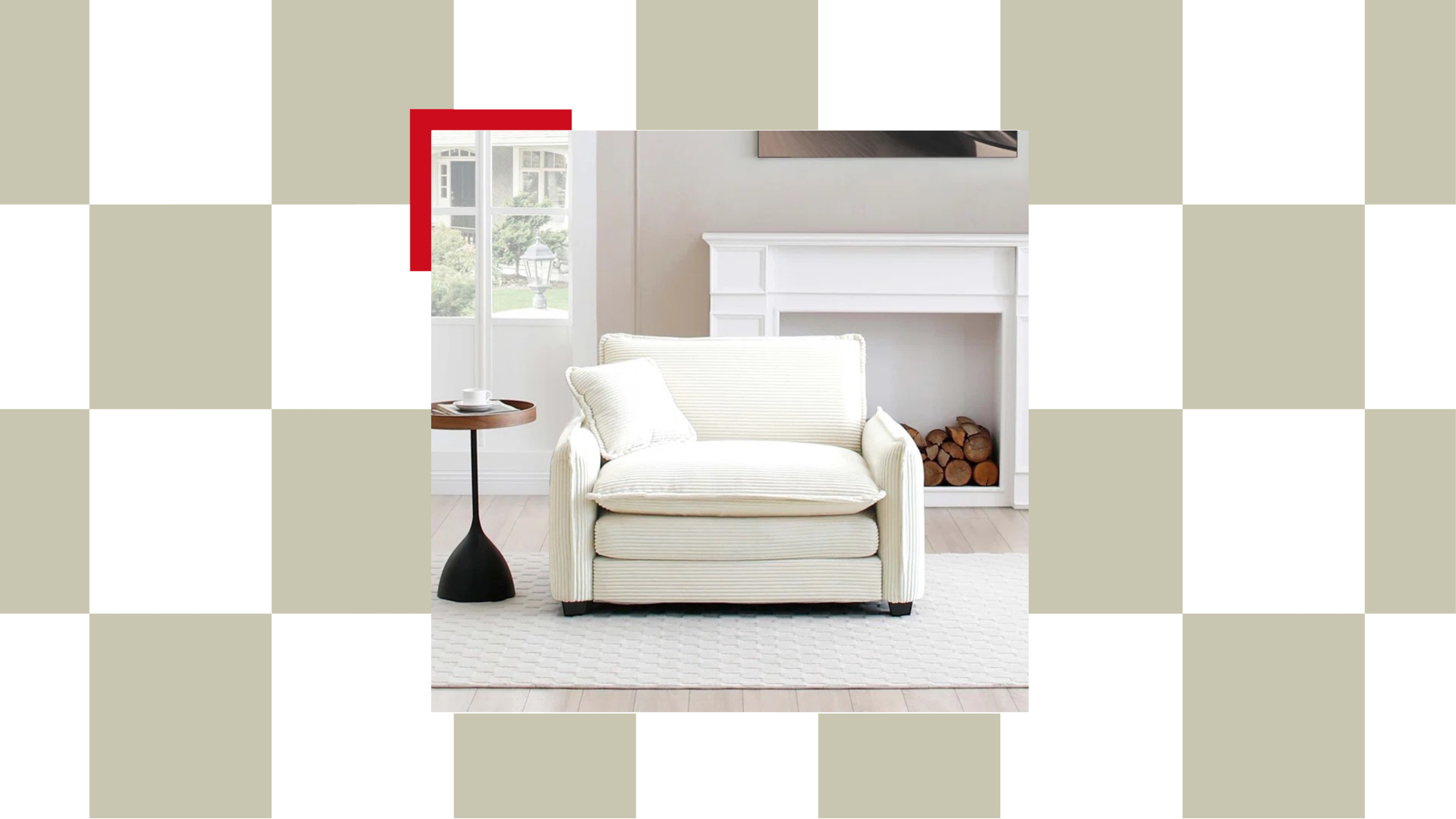 The "Chair-and-a-Half" Is the Goldilocks of Seating — Not Too Big, Not Too Small, but Just Right for Snuggling Up This Season
The "Chair-and-a-Half" Is the Goldilocks of Seating — Not Too Big, Not Too Small, but Just Right for Snuggling Up This SeasonThis accent chair trend is perfect for the cozy season, and it's on sale at Wayfair
By Olivia Wolfe
-
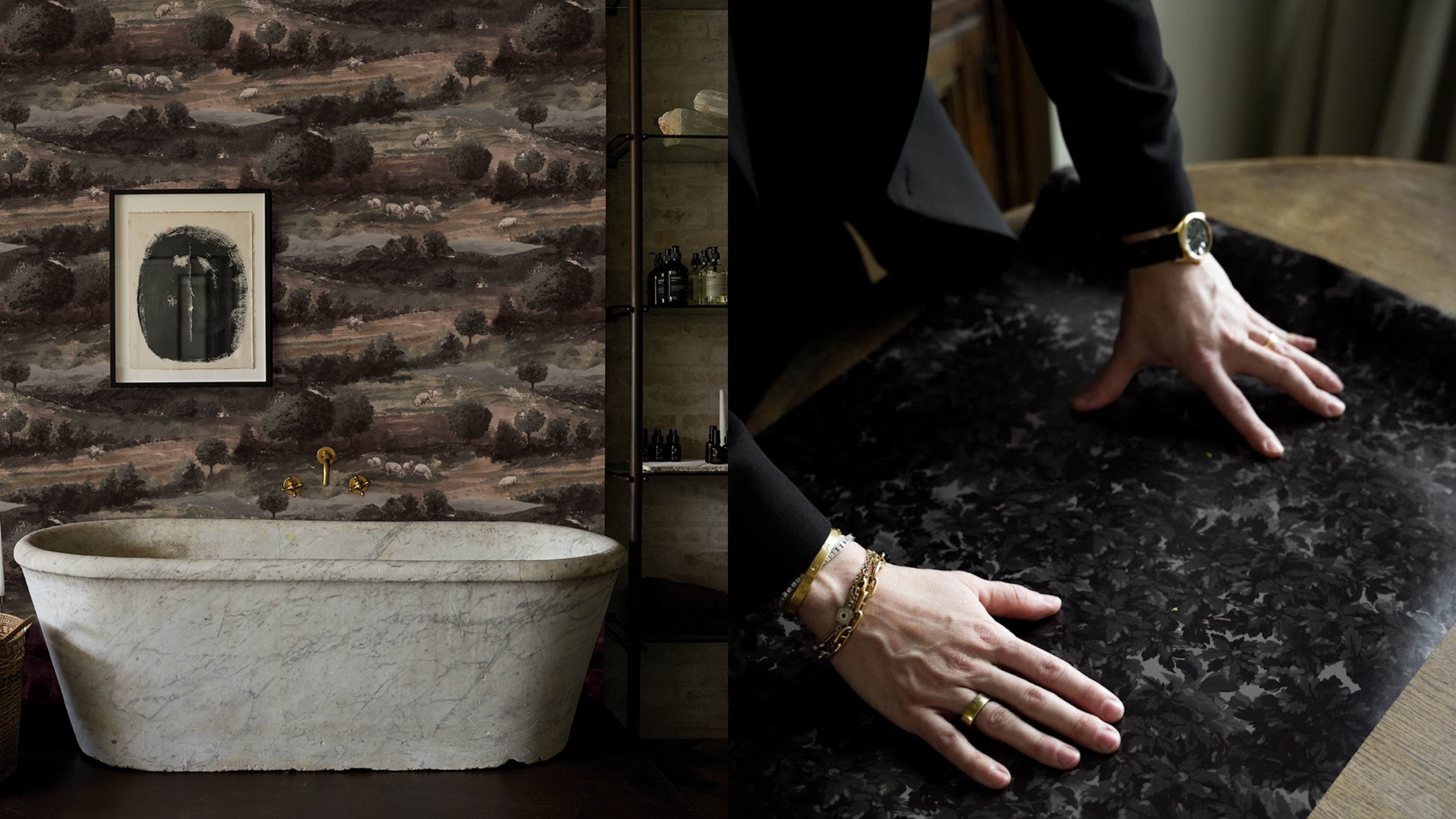 Textured Walls Are Still Trending (And Just Got a Whole Lot More Chic Thanks to This Jeremiah Brent Collaboration)
Textured Walls Are Still Trending (And Just Got a Whole Lot More Chic Thanks to This Jeremiah Brent Collaboration)'Nostalgia' is the name, and texture is the game; this moody new peel-and-stick wallpaper collection is bringing all the fall vibes to interior design
By Olivia Wolfe
-
 Ruggable's Latest Collection is Dripping in What We're Calling the Season's Go-To Fruit-Inspired Hue
Ruggable's Latest Collection is Dripping in What We're Calling the Season's Go-To Fruit-Inspired HueWe're seeing the sunny, mango-inspired shade cropping up in new collections across the design world — and it's surprisingly perfect for fall. Here's why
By Olivia Wolfe